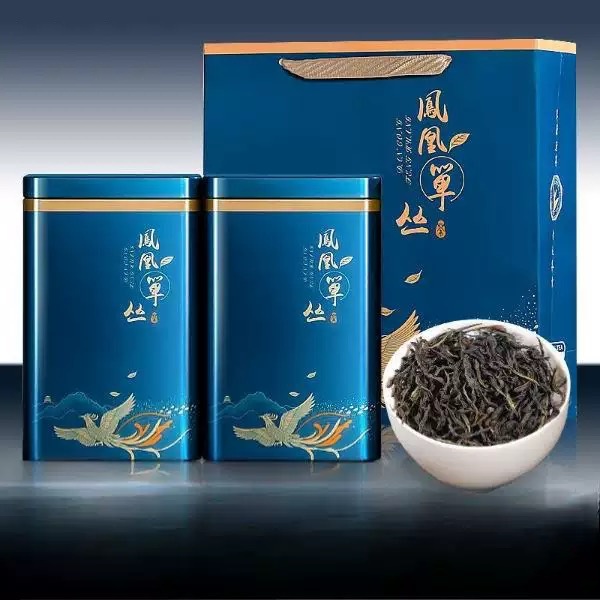
# The Cultural Significance of Oolong Tea in China
## Introduction to Oolong Tea
Oolong tea, known as “wūlóng chá” (乌龙茶) in Chinese, holds a special place in China’s rich tea culture. This semi-oxidized tea variety bridges the gap between green and black teas, offering a unique taste experience that has captivated tea enthusiasts for centuries.
## Historical Roots
The origins of oolong tea can be traced back to the Fujian province during the Ming Dynasty (1368-1644). According to legend, the tea was discovered by accident when a tea farmer was distracted by a deer and left his tea leaves to oxidize longer than intended. This happy accident resulted in a new category of tea that would become deeply embedded in Chinese cultural traditions.
## Regional Variations
China boasts several famous oolong tea-producing regions:
– Wuyi Mountains (Fujian) – home to rock oolongs like Da Hong Pao
– Anxi County (Fujian) – famous for Tie Guan Yin
– Guangdong Province – produces Phoenix Dan Cong oolongs
– Taiwan – known for high mountain oolongs like Dong Ding
Keyword: Oolong Tea in Chinese Culture
## Tea Ceremony and Social Customs
Oolong tea plays a central role in traditional Chinese tea ceremonies, particularly the Gongfu tea ceremony which originated in Fujian and Chaozhou. This elaborate preparation method highlights:
– The importance of proper brewing techniques
– The appreciation of tea aroma and flavor
– The social aspect of sharing tea with guests
## Health and Wellness
In traditional Chinese medicine, oolong tea is valued for its:
– Digestive benefits
– Metabolism-boosting properties
– Antioxidant content
– Ability to promote mental clarity
## Modern Cultural Significance
Today, oolong tea continues to be:
– A symbol of hospitality
– A medium for business negotiations
– A subject of connoisseurship
– An important export product representing Chinese culture
## Conclusion
From its accidental discovery to its current status as a cultural icon, oolong tea embodies the sophistication and depth of Chinese tea culture. Its preparation and consumption represent more than just a beverage – they reflect centuries of tradition, artistry, and social customs that continue to thrive in modern China.